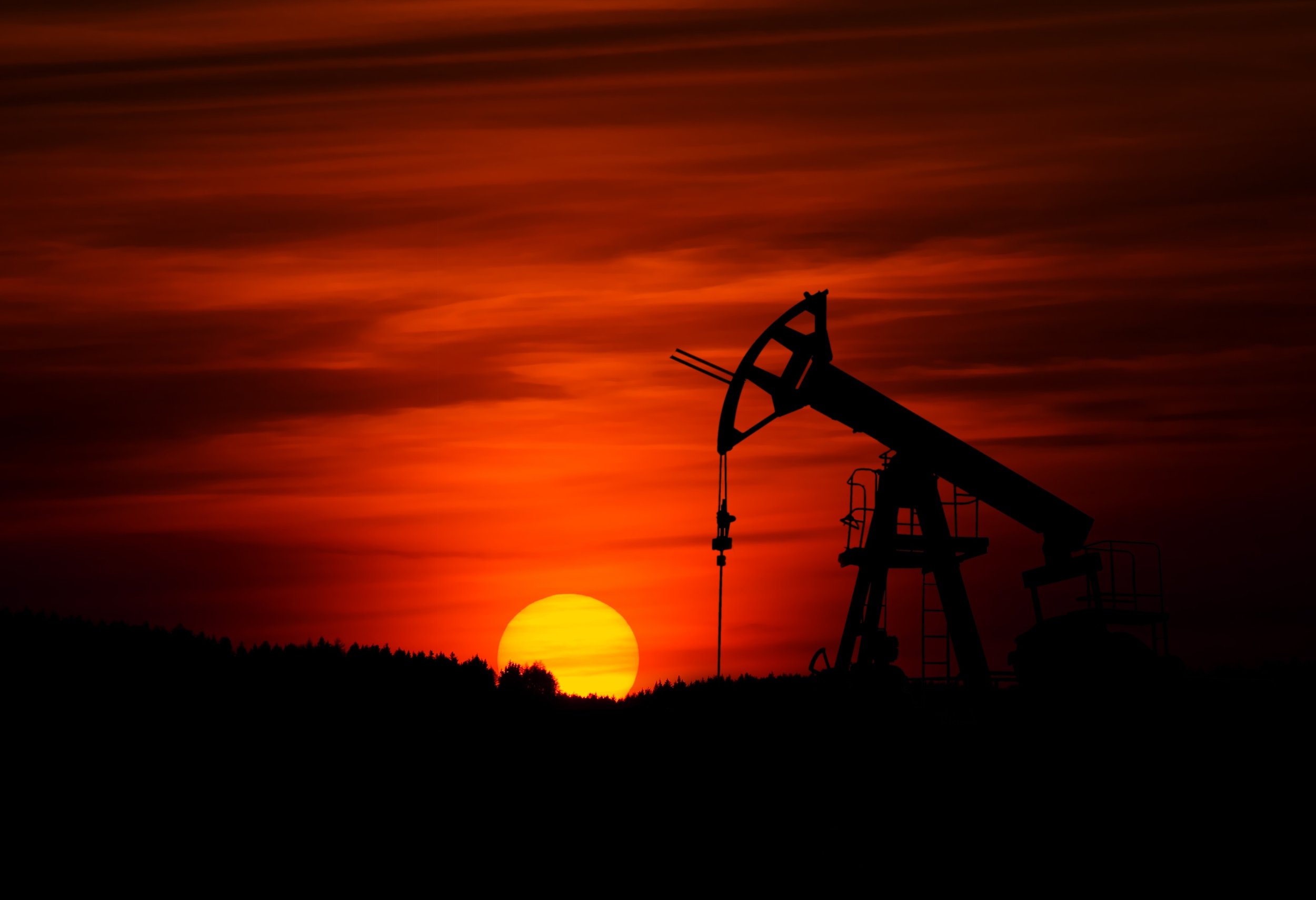More on the Sketchy Leasing Off of Public Lands
If you’ve been following the “Energy Dominance” agenda of the current administration, you would know that 2018 was a banner year for oil and gas lease sales on public lands. According to the BLM, $1.1 billion was generated from leasing close to 1.5 million acres, tripling the previous record in 2008, which generated approximately $408 million[1]. If you are not up to speed, the combination of regulation rollbacks and increasing unleased lands that are available for oil and gas leasing, has resulted in huge swaths of public lands that are not meeting the multiple-use mandate. We previously reported that some public lands are being auctioned off for less than a cup of coffee.
How does this happen? Let’s break down how the oil and gas leasing process works. Each quarter, the Bureau of Land Management (BLM) is required to hold oil and gas lease sales in states where unleased lands are available. Through an informal nomination process, oil and gas companies can request certain lands to be leased for oil and gas development. During a competitive oil and gas lease sale, a minimum per-acre bid of $2 is required, but if no one bids, the land is put into a non-competitive program and lands can be leased the next day at $1.50 per acre. In a minimum bid scenario, companies pay $1.50 per acre rental fee for the first five years of a lease term, $2.00 per acre in years six through ten. Lease terms are usually ten years, but leases may be extended for producing lands. In 2018, the BLM offered 12.8 million acres, but only 1.4 million acres (11%) received bids – making 11.4 million acres available for noncompetitive bidding[2]. The majority of the acreage offered in 2018 came from the National Petroleum Reserve in Alaska (NPR-A), and despite a push by the administration, efforts to offer 10.3 million acres of the NPR-A attracted limited interest.
Some people have asked us, “why doesn’t Outdoor Alliance, or other recreation or conservation groups, just bid on these leases?” Remember the story about Tim DeChristopher, the person who posed as an oil and gas bidder and was sentenced to two years in federal prison? While just about any adult citizen of the United States may qualify to hold an oil and gas lease, the BLM stipulates that any bid you cast “will represent a good-faith intention to acquire an oil and gas lease.” In other words, you acknowledge before bidding that it is a crime under “18 U.S.C. 1001 and 43 U.S.C. 1212 to knowingly and willfully make any false, fictitious, or fraudulent statements or representations regarding your qualifications or bidder registration and intent to bid…” What happens if leased lands are never developed or if the lease does not contain an oil and gas well capable of producing in paying quantities? Because public lands are incredibly inexpensive to lease, there is little to deter companies from holding leases without developing oil and gas resources on them. In other words, companies can nominate public lands, lease them for incredibly low prices, and then sit on the land for the 10-year lease duration or longer.
At the end of fiscal year 2018, approximately half of all federal acreage set aside for oil and gas leasing was tethered to non-producing leases, which may prevent other potential uses, like recreation. The current policies contradict the multiple-use principle that guides the management of our public lands by allowing millions of acres to be locked up in leases with minimal chance of producing oil or gas. The trend of big lease offerings by the administration continues into 2019. In February and March of this year, approximately 1.1 million acres were offered in lease sales, and just over 700,000 acres were leased. From the parcels that were leased, 18% received the minimum bid of just $2 per acre, according to Taxpayers for Common Sense, a nonpartisan group that advocates for budget discipline[3]. Huge swaths of public land are being leased for next to nothing, and it’s unclear what companies intend to do with the land.
Click to enlarge map.
But it is clear that this could have a huge impact on outdoor recreation and on future land protections. More recently (5/30/19), our oil and gas monitoring program identified mountain biking trails, rock climbing sites, and whitewater paddling reaches in Utah that could be potentially impacted by future oil and gas lease sales being offered in September (see map). The September lease sale in Utah is offering 183,668 acres of public land, and includes lands identified as having Wilderness characteristics, parcels within 10 miles of Arches National Park, and parcels within 10 miles of Bears Ears, Canyon of the Ancients, and Hovenweep National Monuments. This lease sale is particularly important because it includes parcels originally proposed for sale in December 2018, March 2019, and June 2019. There is an open comment period for this lease sale until July 1st, and we will be urging the BLM to defer these leases until it fully evaluates the impacts that this lease sale could have on specific recreation assets and other important resource values.
We still need your help. Tracking new oil and gas lease sales is a lot of work, and it’s complicated by truncated comment periods (sometimes just 10 days) and limited public review. To support our oil and gas monitoring program we’ve raised $6,000 already but we need to raise $10,000.
[1] https://www.doi.gov/news/energy-revolution-unleashed-interior-shatters-previous-records-11-billion-2018-oil-and-gas
[2] https://www.blm.gov/programs/energy-and-minerals/oil-and-gas/oil-and-gas-statistics
[3] https://www.taxpayer.net/energy-natural-resources/blm-offers-four-times-more-acreage-in-1st-quarter-oil-gas-lease-sales/

